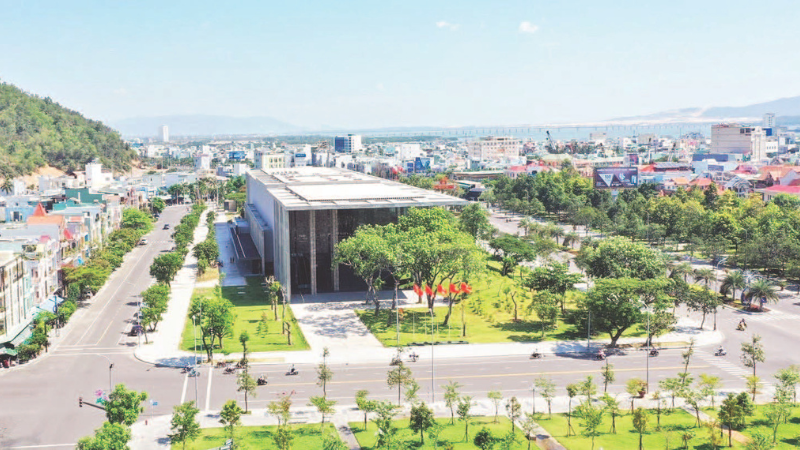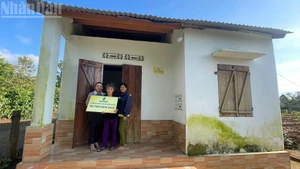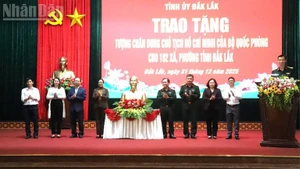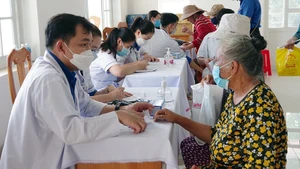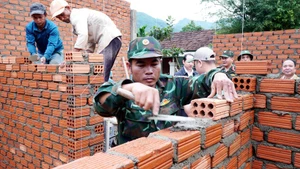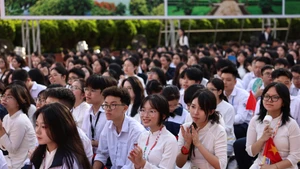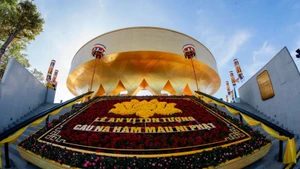Unlocking regional potential and infrastructure expansion
Gia Lai is now the second-largest province in Viet Nam, spanning over 21,500 square kilometres from the Central Highlands to the South Central Coast. This vast area encompasses forests, coastlines, plains, and highlands—ideal for comprehensive development. The province boasts a multi-modal transport network, including road, rail, aviation, and maritime infrastructure.
It currently hosts two airports: Pleiku and Phu Cat. A second runway is under construction at Phu Cat Airport, aiming to elevate it to international status. Meanwhile, Quy Nhon Seaport remains one of the central region’s largest, handling exports to over 80 countries. The Phu My deep-water port project, now part of the Cai Mep–Thi Vai port cluster, has evolved into a major international transshipment hub.
In 2025, Gia Lai has set an ambitious target of 8.06% GRDP growth. This figure is undoubtedly challenging given limited resources; requiring the entire political system to act decisively.
The Quy Nhon–Pleiku Expressway, approved in June 2025, will span 125 km and is scheduled for completion by 2029. With a total investment of VND 43.7 trillion, the expressway will significantly enhance connectivity across the Central Highlands and South Central Coast.
In 2025, Gia Lai has set an ambitious target of 8.06% GRDP growth. This figure is undoubtedly challenging given limited resources; requiring the entire political system to act decisively.
To achieve this, provincial leaders have instructed departments and localities to develop tailored growth scenarios based on actual capacity, avoiding superficial or fragmented planning.
Driving investment, innovation, and development
One of Gia Lai’s pressing challenges is its fragmented irrigation infrastructure, particularly in the former Gia Lai province. While many lowland regions can independently irrigate up to 95% of their cultivation area, the old Gia Lai manages only about 7,000 hectares.
Investment attraction remains a priority. Gia Lai is actively courting major conglomerates to lead development in processing industries, high-tech agriculture, logistics, and tourism.
Social welfare is central to Gia Lai’s development strategy. Authorities are focused on improving living standards, particularly in remote and ethnic minority areas.
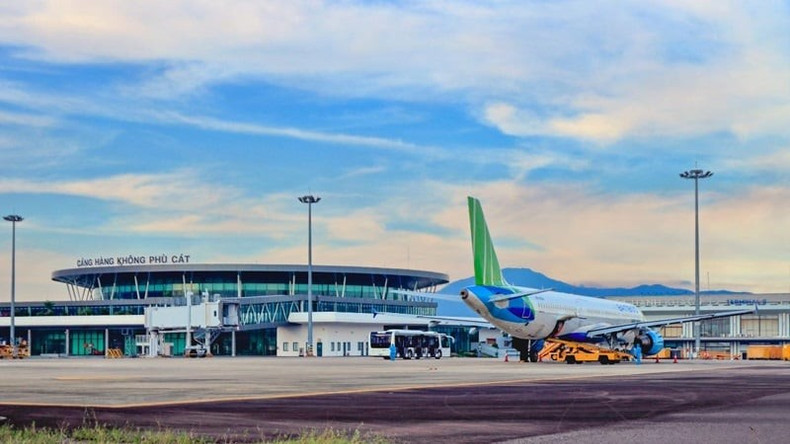
Chairman of the Gia Lai Provincial People’s Committee, Pham Anh Tuan has emphasised a shift toward a people-centred governance model, with performance-based accountability for public officials.
He stressed the need to concentrate on socioeconomic development indicators, accelerate the implementation of investment projects. Priority must be given to land clearance and quickly resolving obstacles in investment procedures. “Localities must ensure adequate facilities and equipment for operating the two-tier government system. Any problem arising must be reported immediately,” he requested.
Since the merger, Gia Lai has stabilised its two-tier government system and reorganised departments and grassroots structures. However, shortcomings and limitations remain.
Several newly merged communes and wards still face difficulties in organisational work, task allocation, as well as infrastructure and human resources. Administrative procedures and responses to citizens’ feedback are still slow in certain areas.
A comprehensive master plan is urgently needed to harmonise the differing planning systems of the former Gia Lai and Binh Dinh provinces.
The former Gia Lai belongs to the Central Highlands, while the former Binh Dinh is part of the South Central Coast, thus requiring adjustment, and synchronisation of spatial development, infrastructure, population, and economic strategies.
With unified political will, strategic infrastructure investments, and a renewed development mindset, Gia Lai is poised to become a dynamic growth pole for the Central Highlands and South Central Coast—contributing meaningfully to the national development.
Secretary of Gia Lai Provincial Party Committee, Ho Quoc Dung has called for a shift from traditional administration to a creative, action-oriented government, stressing that planning must serve as a tool for resource allocation and spatial reorganisation.
“We cannot develop without a comprehensive master plan as a foundation. Planning is not merely a directional map but a tool for resource allocation, investment attraction, and the scientific reorganisation of development space,” he noted.
The building of the two-tier government after the merger demands proactivity, flexibility, and creativity from the grassroots level. Communes and wards, especially in the former Gia Lai area, need to be assigned tasks that suit their practical conditions to avoid unrealistic target imposition.
“We must change how we operate and approach development, creating conditions for citizens and businesses to flourish. I demand immediate action to fulfil assigned targets. Those unable to perform may voluntarily step aside to allow others to take over—there is no room for delays or excuses,” he stressed.
With unified political will, strategic infrastructure investments, and a renewed development mindset, Gia Lai is poised to become a dynamic growth pole for the Central Highlands and South Central Coast—contributing meaningfully to the national development.
